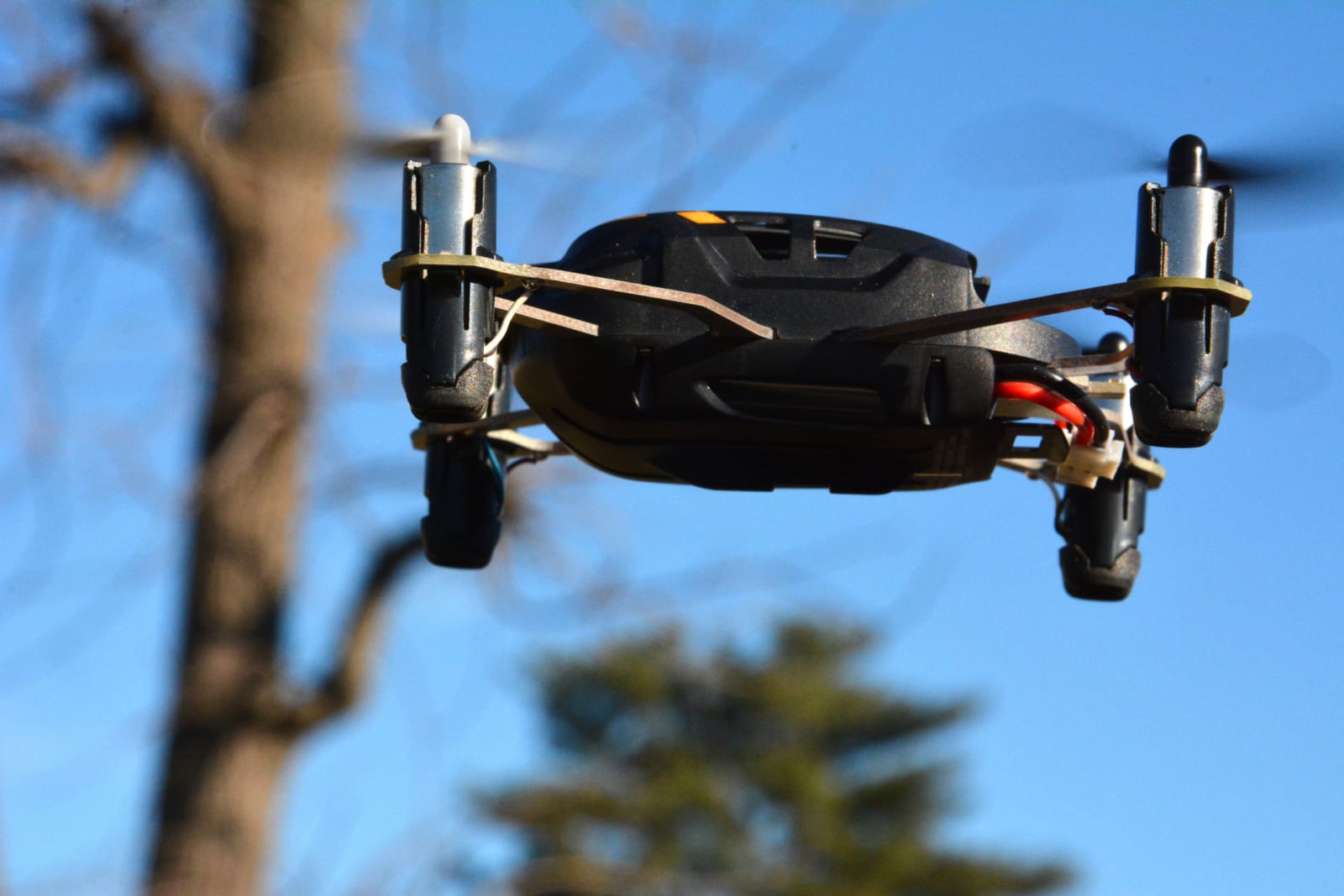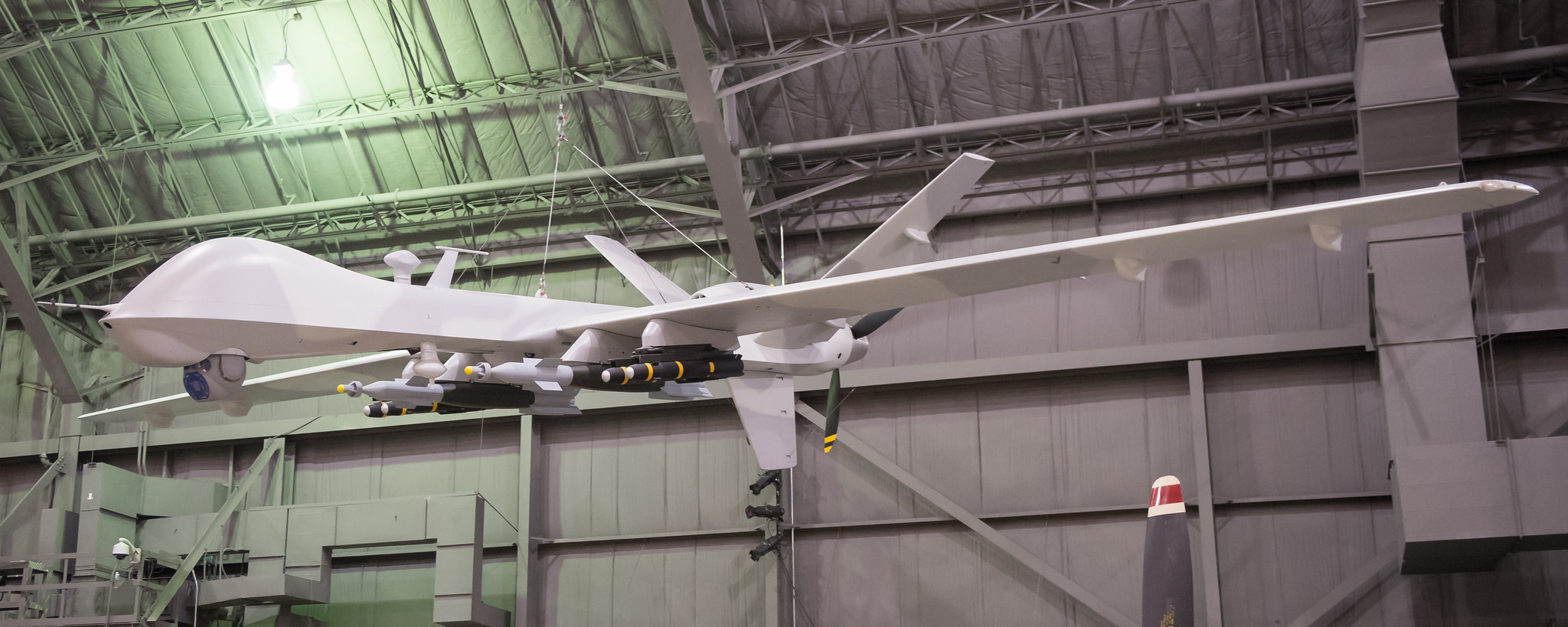War.
What is it good for? Well, if new use of technology by the US Navy has anything to do with it, finding Pirates for a start. By upgrading its existing
Fire Scouts with new 3D laser imaging tech, it's hoped that the drones will be able to recognize the small ships used by these unscrupulous seafarers. The system, known as LIDAR (Light Detection And Ranging, also known as LADAR) uses millions of laser pulses reflected off an object to create the three-dimensional image, which could then referenced against known pirate ships from a database. Ultimately, human operators will make the final call, to avoid any ED-209 style mis-understandings. That said, if you're taking the dingy out past the Californian breakwaters this summer, you might want to keep the stars and stripes in clear view, as that's where the Navy will be running its initial trials.
US Navy Fire Scouts will automatically spot pirates, give 30 seconds to comply originally appeared on Engadget on Sun, 08 Apr 2012 09:24:00 EDT. Please see our terms for use of feeds.
Permalink  Live Science
Live Science |
 Innovation News Daily
Innovation News Daily |
Email this |
Comments
 Drones have been the focus of many security initiatives, like the "sky fence" in the Channel Islands that jams pilot signals to stop drones from bringing contraband into the prison. Remotely piloted aircraft can also be a force for good, like in Afri...
Drones have been the focus of many security initiatives, like the "sky fence" in the Channel Islands that jams pilot signals to stop drones from bringing contraband into the prison. Remotely piloted aircraft can also be a force for good, like in Afri...
 Drones have been the focus of many security initiatives, like the "sky fence" in the Channel Islands that jams pilot signals to stop drones from bringing contraband into the prison. Remotely piloted aircraft can also be a force for good, like in Afri...
Drones have been the focus of many security initiatives, like the "sky fence" in the Channel Islands that jams pilot signals to stop drones from bringing contraband into the prison. Remotely piloted aircraft can also be a force for good, like in Afri...
 While some might still think of joystick-wielding aviators as the stuff of science fiction, that's no longer the case. A top general told reporters last week that there are now more jobs for drone pilots in the US Air Force than there are for pilots...
While some might still think of joystick-wielding aviators as the stuff of science fiction, that's no longer the case. A top general told reporters last week that there are now more jobs for drone pilots in the US Air Force than there are for pilots...




